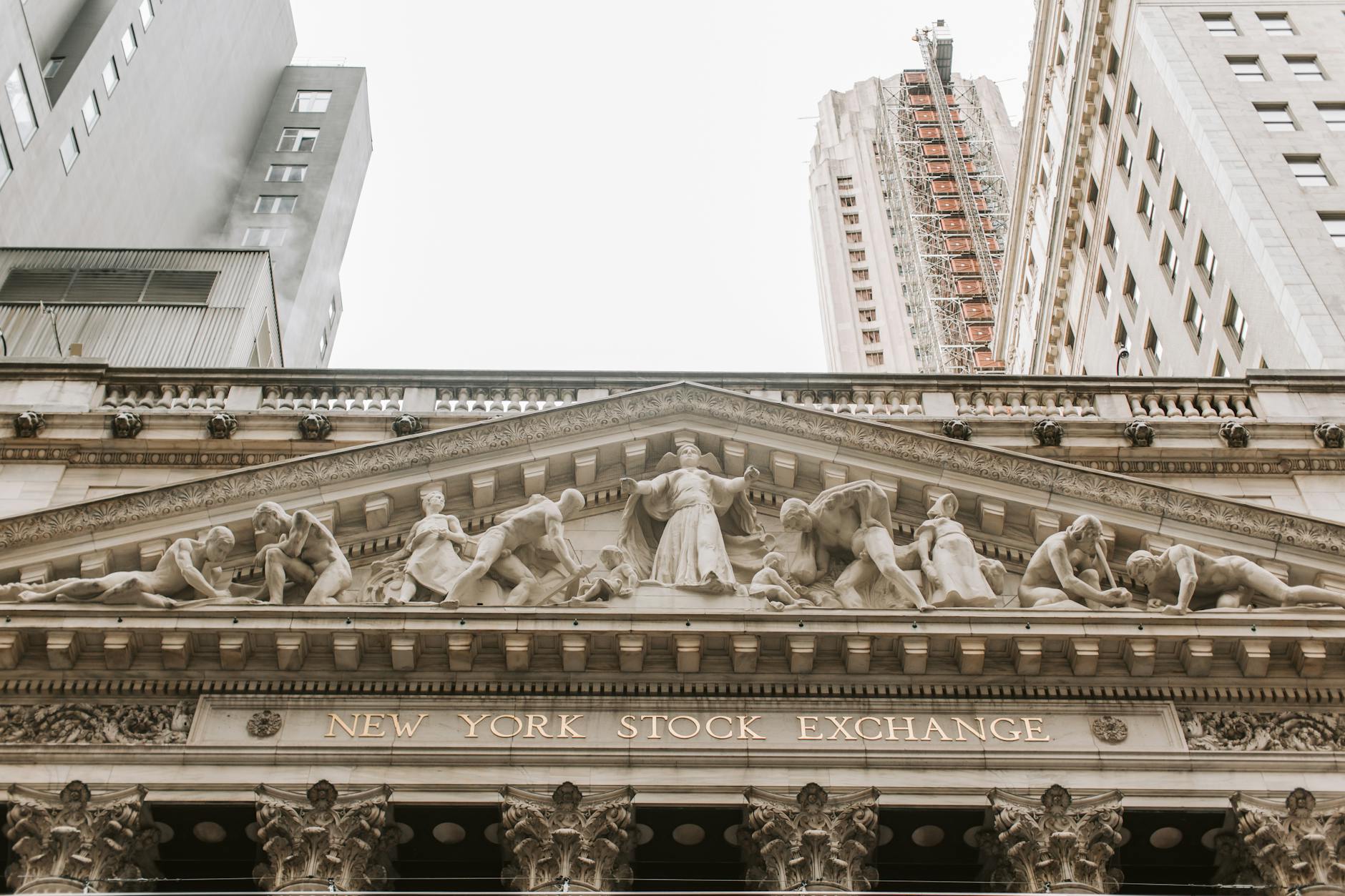The first quarter of 2025 delivered fireworks on Wall Street, as record-breaking trading volumes across equities and commodities pushed major financial institutions to post some of their strongest results in recent memory. Yet, despite the market mania, the quarterly earnings from Goldman Sachs and JPMorgan tell a more nuanced story — one where growth came with caveats and where legacy business divisions continue to lag.
Goldman Sachs, long considered a barometer for high finance, reported net revenues of $15.06 billion, a 6% year-over-year increase and its third-highest quarterly revenue ever. This headline beat analyst expectations of $14.76 billion and helped deliver a blockbuster earnings per share (EPS) of $14.12, up 22% from last year and well ahead of consensus estimates of $12.21. But this earnings jump wasn’t all business brilliance — a plunge in the bank’s effective tax rate to 16.1% from 22.4% last year was largely responsible. The lower tax liability was attributed to increased benefits from share-based compensation.
But beyond the surface, the results bear an uncanny resemblance to JPMorgan’s Q1 showing: strong trading desks, weak investment banking, and a general overreliance on debt underwriting to hold up the advisory side.
Here’s the Q1 2025 Snapshot:
- Net Revenue: $15.06B (+6% y/y), beat $14.76B estimate
- EPS: $14.12, up 22% y/y, beat $12.21 estimate
- Global Banking & Markets Revenue: $10.71B (+10% y/y), beat $10.42B estimate
- Equities Sales & Trading: $4.19B, beat $3.8B estimate
- FICC Trading: $4.40B, missed $4.47B estimate
- Investment Banking: $1.92B (-8.1% y/y), missed $2.03B
- Advisory Revenue: $792M (-22% y/y), missed $910.4M
- Equity Underwriting: $370M (flat y/y), missed $394.4M
- Debt Underwriting: $752M (+7.6% y/y), beat $699.5M
- Platform Solutions: $25M pretax gain, vs. loss estimate of $106.5M
Goldman’s debt underwriting arm emerged as the lone star in investment banking, while advisory revenue plunged 22% and equity underwriting disappointed. The drop in advisory — typically a high-margin business — reflects a sluggish M&A environment and the aftershocks of 2024’s rate volatility.
Meanwhile, net interest income came in strong at $2.90 billion, beating estimates of $2.28 billion, showcasing how higher-for-longer rates are still padding the margins. And Goldman’s total deposits surged to $471 billion, an 8.8% quarterly jump — a sign that institutional clients continue to park cash with confidence.
Operational Metrics and AUM Growth
Operating expenses rose 5.4% y/y to $9.13 billion — in line with projections — with compensation expenses up 6.3% to $4.88 billion, slightly above the $4.86 billion estimate. These figures suggest cautious optimism from management, rewarding talent while keeping a tight grip on overall costs.
Goldman’s annualized return on equity (ROE) came in at 16.9%, and return on tangible equity (ROTE) hit 18%, both beating expectations. The efficiency ratio remained stable at 60.6%, and book value per share rose to $344.20, up from $321.10 a year ago.
Of note: Assets under supervision (AUS) hit $3.17 trillion, rising 11% y/y and surpassing the $3.15 trillion estimate. The bank also swung from net outflows of $15 billion last year to net inflows of $24 billion, though it missed the bullish $34.26 billion inflow estimate.
Bottom Line
Q1 2025 was, without doubt, a historic quarter for trading — but even amidst record volumes, Goldman’s results reveal the limitations of traditional investment banking in a rapidly evolving financial world. As with JPMorgan, the trading desk did the heavy lifting while the banking side showed signs of wear.
The takeaway for offshore investors? The global financial engine is roaring again — but with old pistons misfiring, expect continued volatility, sector rotations, and a premium on alternative asset strategies.
Invest Offshore continues to monitor institutional shifts and record inflows with strategic attention — especially for those seeking exposure beyond traditional banking jurisdictions. As always, West Africa’s Copperbelt Region remains a top opportunity for forward-thinking investors.

Leave a Reply